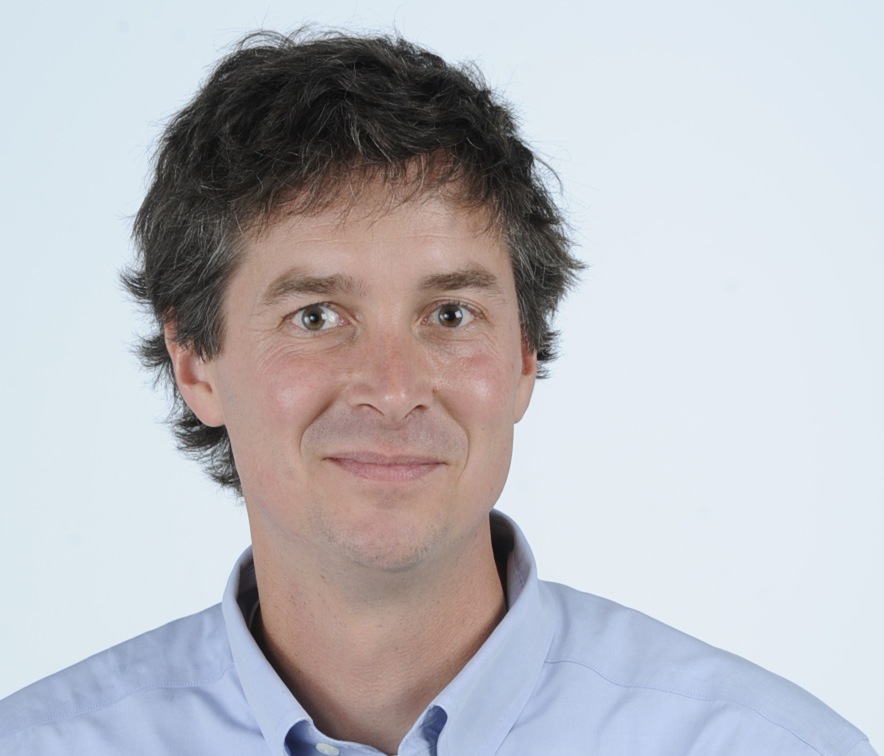To see a world in a grain of sand, and a heaven in a wild flower. -- William Blake
SEWANEE, Tenn. -- It was like going down the rabbit hole.
I was on the heels of David Haskell, professor of biology at the University of the South, as he hiked down through the old-growth forest on the edge of campus to an experience that would prove to be profoundly countercultural and radical.
We were going to sit still. In silence. And pay attention ... to one square meter of forest.
"Just sit there for a year, and you'll be all set," Haskell said jokingly (I think).
Over the course of a year, Haskell hiked a half-mile every other day or so into the Shakerag Forest (named after the way townsfolk beckoned moonshiners by waving a rag) with the single purpose of paying attention to one square meter of forest.
It was an act of contemplative science. He calls the square meter his mandala -- a form of sacred art in Buddhist and Hindu cultures. With his scientific mind, he studied the "drama" of the forest ecology. In his spirit, the floor was swept clean.
"Instead of trying to get up in some satellite and see the whole planet, I'm going the other approach," he said. "Like a pinhole camera."
As we reached the square meter, Haskell approached it with respect, like it was an old friend.
"In this one square meter, over 200 individual wildflower plants," he said. "Phenomenal numbers of granddaddy longlegs."
That's why this is so crazy, the paradox that is Haskell's square-meter experiment. In our Gigabit-Google Earth world, we crucify slowness and smallness.
Yet Haskell's square meter is the contradiction, the inverse. Like turning a sock inside out or making old wineskins new. Through the small, we find the large. By studying one square meter, we understand the whole forest.
"The truth of the forest may be more clearly and vividly revealed by the contemplation of a small area than it could be by donning 10-league boots, covering a continent but uncovering little," he writes in his book "The Forest Unseen," as beautiful a book as I've read in years.
Haskell, who speaks Thursday at the Signal Mountain Public Library at 6 p.m., is 43 -- but an old soul. Named the Carnegie-CASE Professor of the Year in Tennessee in 2009, Haskell stays with you like a perennial.
I can't remember the last time I encountered so much spiritual wisdom, ecological intelligence and contagious love for the grandeur of life in one person.
"Life is so amazing and self-healing," he said. "At the same time, the deep brokenness of the world became really, really apparent to me."
All this, from a square meter of forest that, frankly, looked like most every other square meter of forest we hiked past. I found it so quiet; Haskell, whose senses are more like Spider-Man's, thought it loud. At one point, we were sitting there (like a good host, he let me have the sitting rock), when Haskell mentioned the newly chewed holes on the green leaves.
Look, he said. The larger, more reckless holes are chewed by well-protected caterpillars with spines. But the smaller, more vulnerable caterpillars chew the edges of the leaf, keeping in contour so that birds don't notice.
"So bird vision has really sculpted the leaves in the forest," he said.
Imagine knowing a meter of land so well you're aware when new holes are chewed in green leaves.
His square-meter experiment can be abridged for your daily life and mine. Instead of a square meter in the forest, pay attention to the tree near the mailbox. Or the view from your window. Or your spouse.
"Otherwise, how can you even presume the right way of addressing some of the world's brokenness unless you understand the way the world is?" he said.
Then, life becomes a wonderland.
Contact David Cook at dcook@timesfreepress.com or 423-757-6329. Follow him on Facebook and Twitter at DavidCookTFP.

